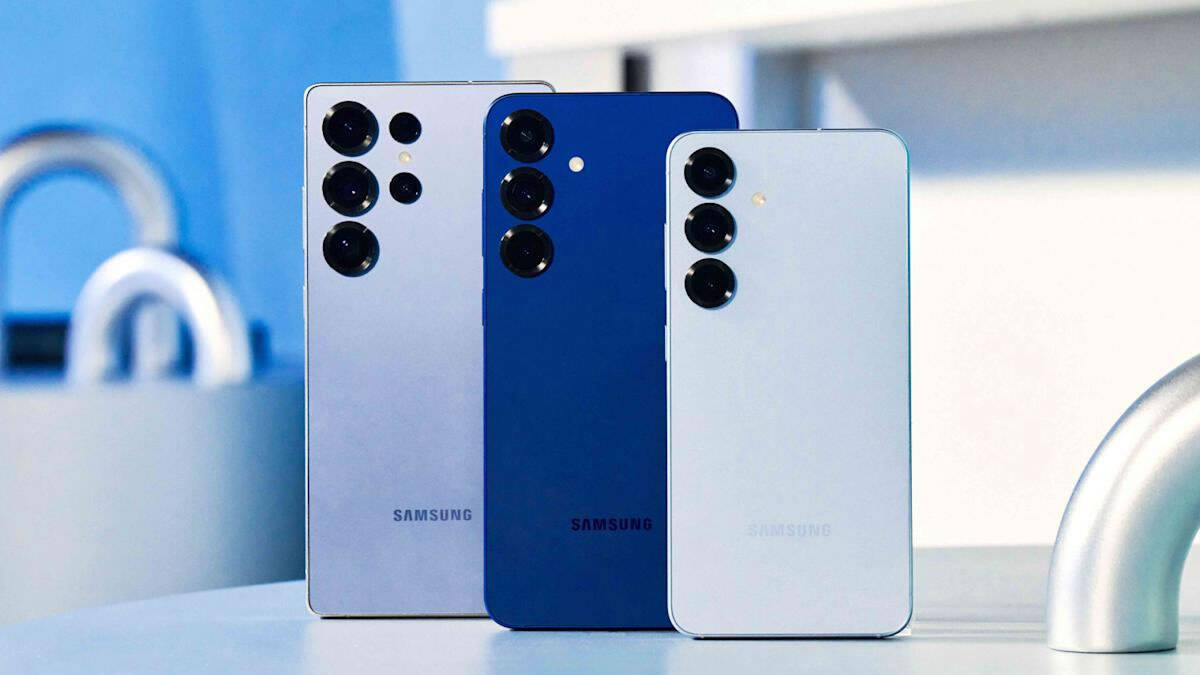Apple has unveiled iOS 26 officially
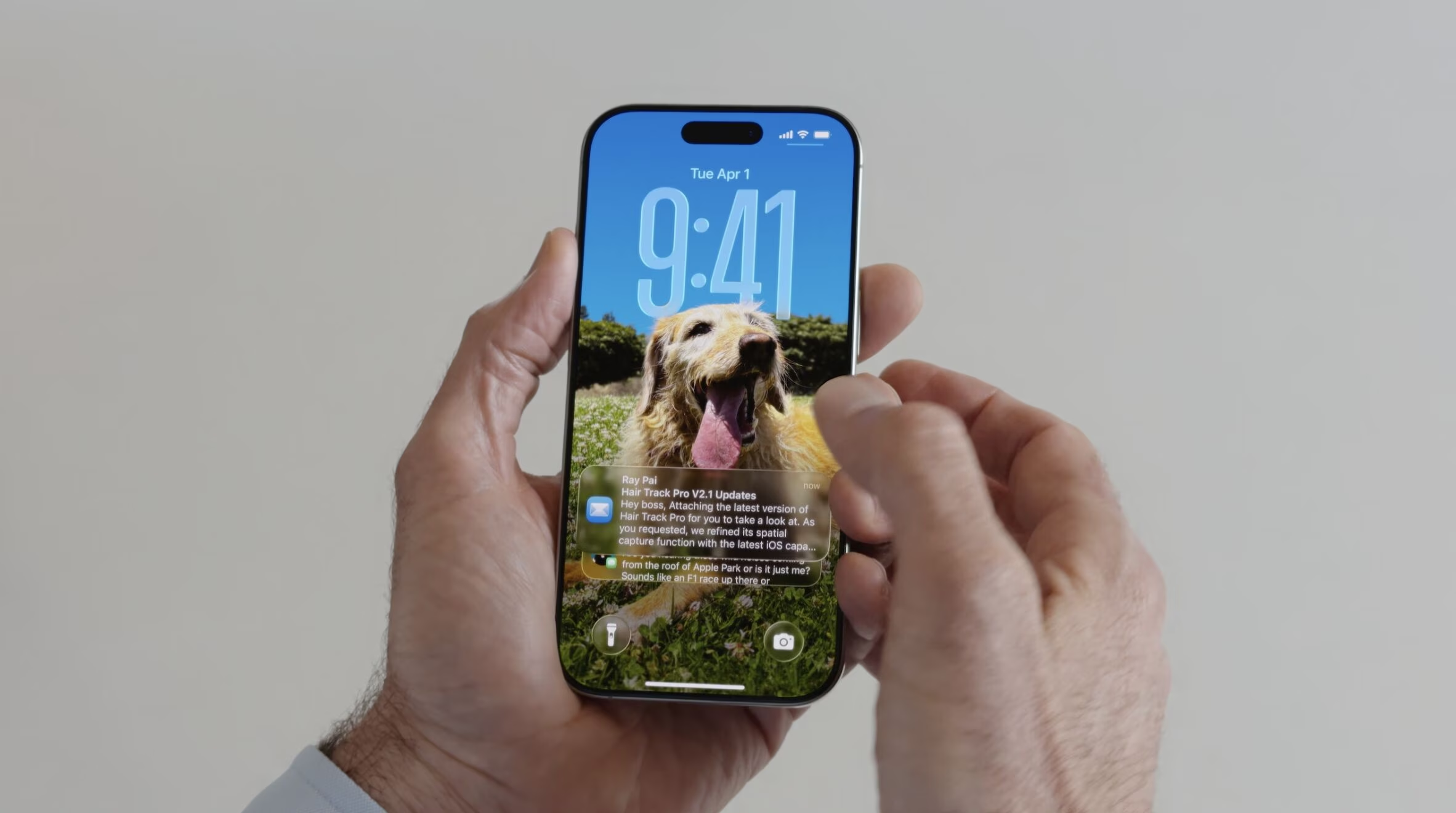
Apple has unveiled iOS 26 as part of its WWDC 2025 conference. The new version of the operating system received a major appearance update, a reimagined lock screen, and support for adaptive visual elements inspired by visionOS. It’s the first redesign of this level since the release of iOS 7.
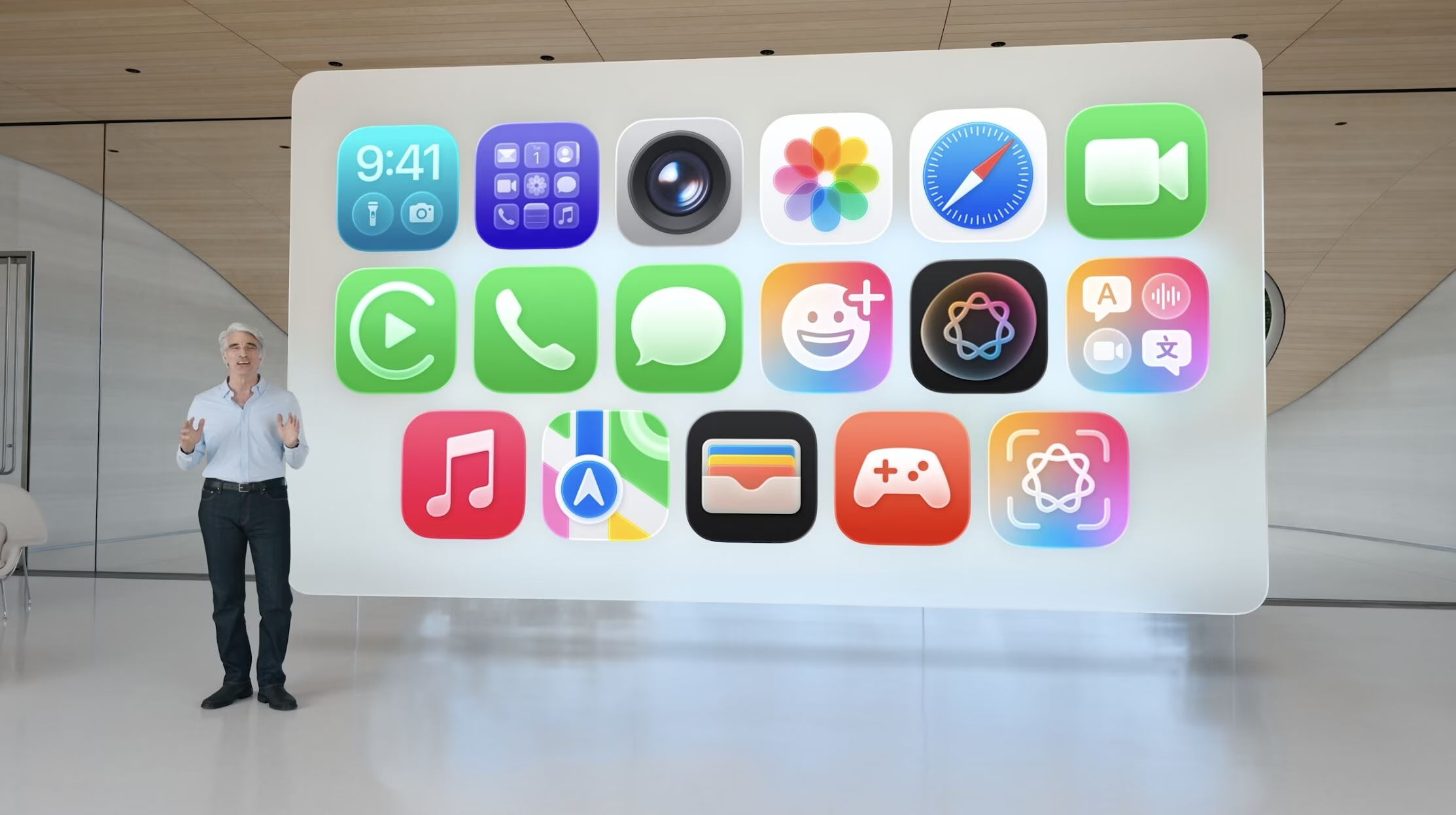
Unified version and unified style
iOS 26 was part of Apple’s initiative to unify version numbers across all of its platforms. It’s the first time the company has synchronized the numbering – from iOS to visionOS – under the common number 26.
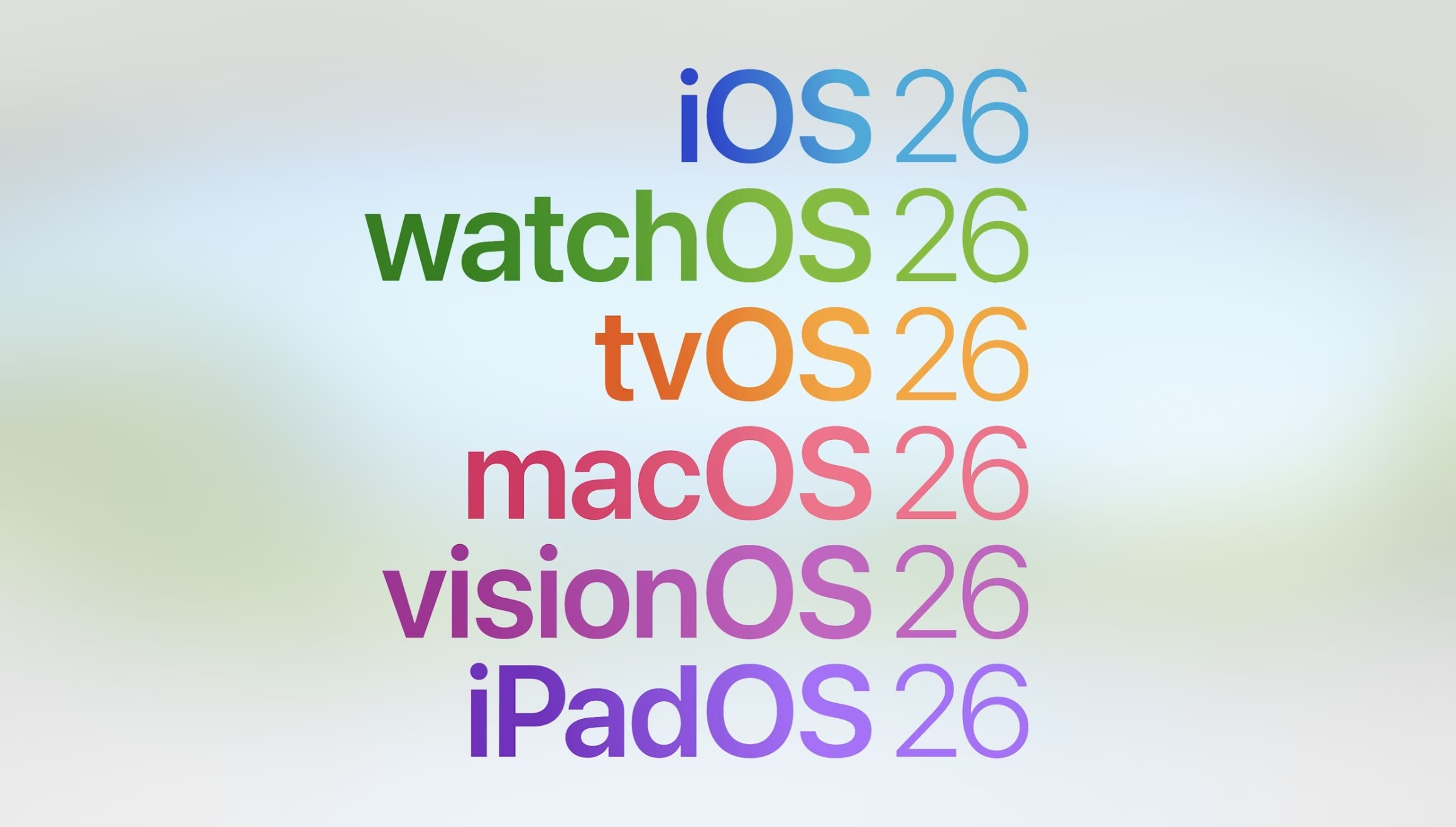
Apple says it’s «a new and beautiful chapter in design» ushering in the next era of user interaction with devices.
Liquid Glass is the new interface material
The main innovation of iOS 26 is a visual style called Liquid Glass, inspired by the visionOS interface. The interface is semi-transparent and has the effect of real glass: it changes dynamically when switching between screens, adjusts to context, and responds smoothly to user actions.
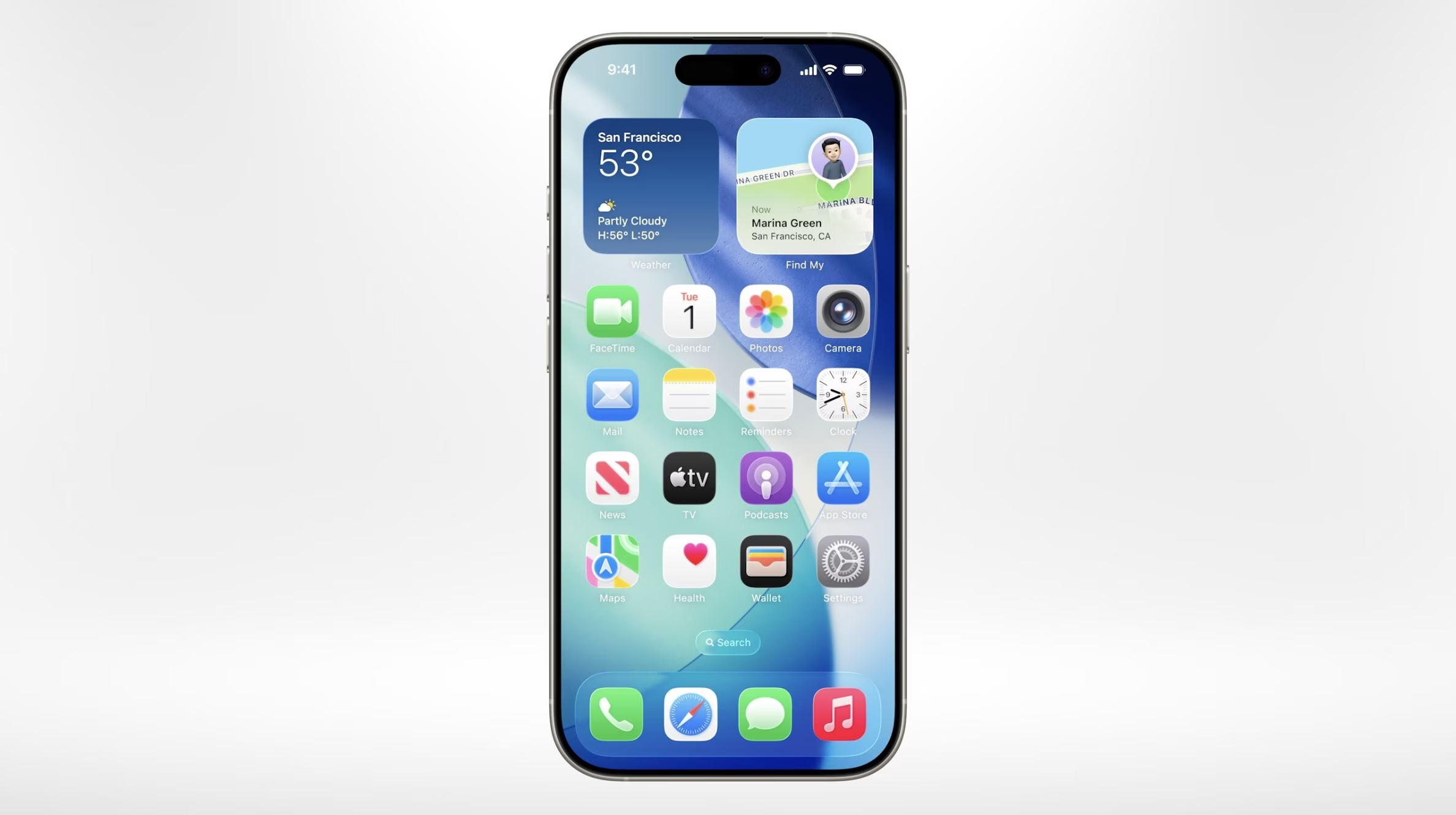
The rounded corners of elements now match the shape of the displays. This material is heavily utilized in the dashboard, lock screen, and notifications.
New icons and personalization
App icons have been redesigned with layered effects – they now look like they’re composed of liquid glass. They adapt to light and dark themes, support color accents, and can even become fully transparent.
A new app icon has been redesigned using layered effects, so it looks like it’s made of liquid glass.
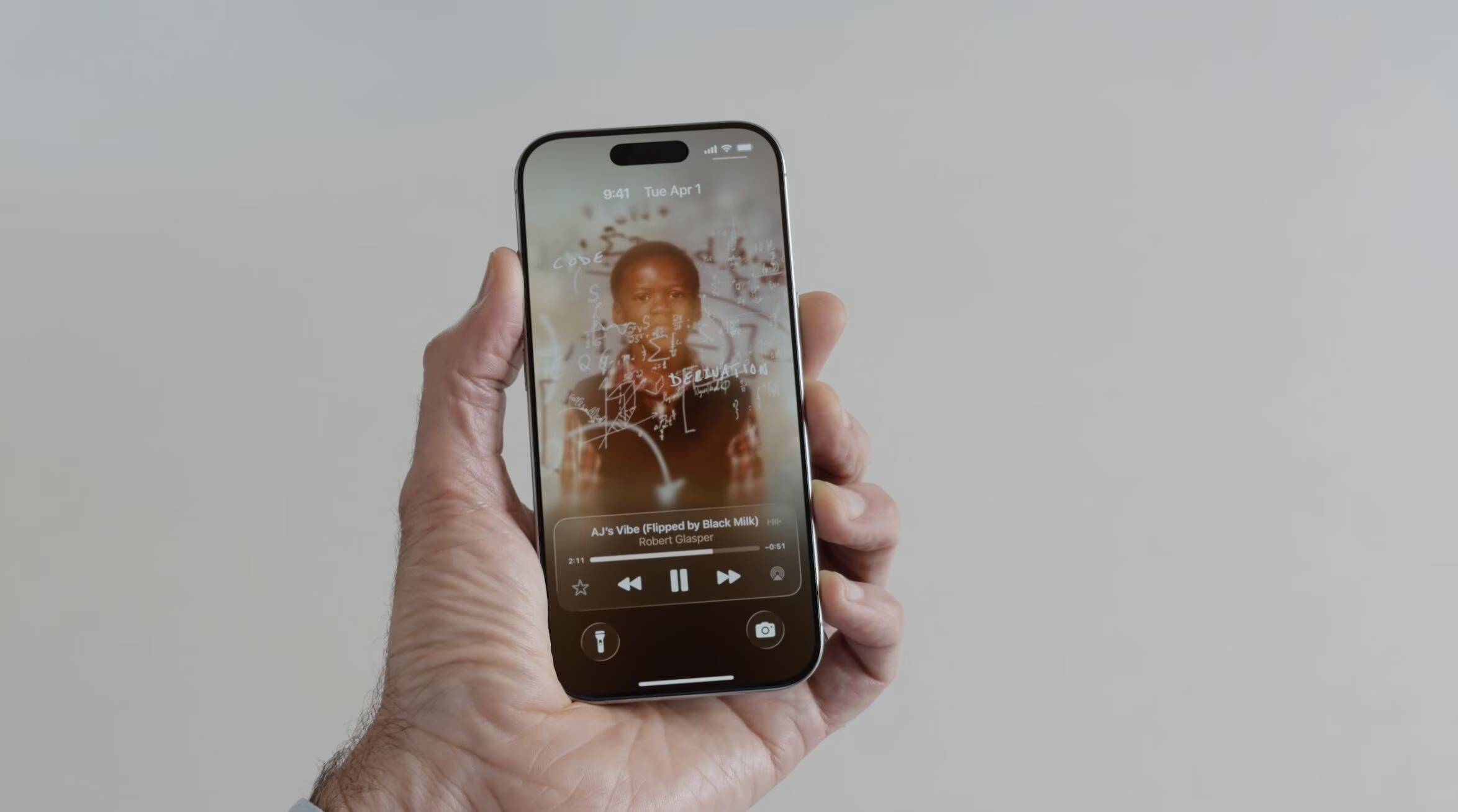
The updated design extends not only to icons, but also to the dock, widgets, and system interfaces, including menus and app transitions.
Lock screen and adaptive elements
In iOS 26, the lock screen got smarter: the clock on it now dynamically resizes depending on the background you choose, automatically making room for the image. According to Craig Federighi, «the lock screen is where we start every day» and that’s why Apple has paid special attention to it.

Intuitiveness and usability
Apple emphasizes that interacting with the interface has become more intuitive. From in-app navigation to notifications and the control center, the entire system is focused on simplicity, visual ease, and logic.
Context and philosophy of the update
The last major iOS redesign took place in 2013 with the release of iOS 7. Back then, the changes were due to the introduction of Retina displays. With iOS 26, Apple is banking on the power of Apple Silicon: adaptive content, sophisticated animations, and deep integration of hardware and software.

The company said it’s “the most sweeping design update in the platform’s history” and its goal is to “bring joy and wonder to every user.”




